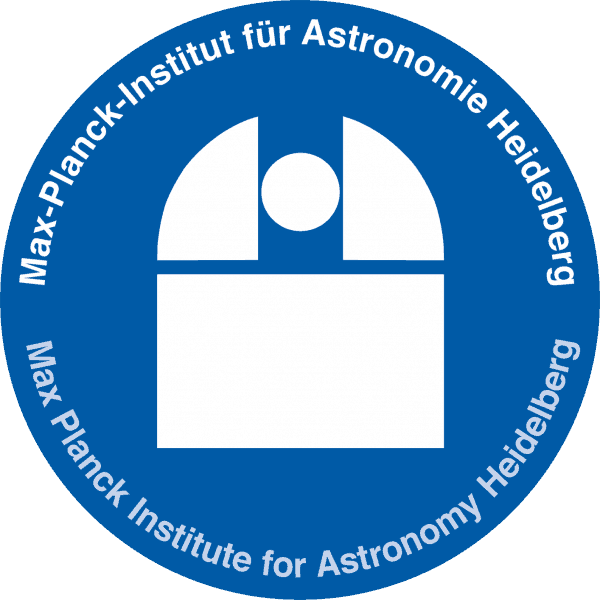Plasma activation of CFRP and glass

The Max Planck Institute for Astronomy uses the piezobrush PZ2 for plasma activation of CFRP and glass/glass ceramic adhesive surfaces.

The surface treatment of glass with plasma technology has been established in practice for many years. Without pre-treatment glass has a typical surface energy of 47mN/m. After plasma treatment, the surface energy increases significantly. Treatment with the high-power plasma system plasmabrush PB3 achieves a surface energy of >72mN/m and with the handheld plasma unit piezobrush PZ2 a surface energy of >67mN/n. Test inks according to DIN ISO 8296 were used for the test.
A typical application example is bonding glass. The following table shows the improvement of the average adhesive strength after plasma treatment compared to untreated glass substrates.
| Substrate | Adhesive | Treatment | Average adhesive strength |
SD* |
Gain |
| Glass |
Epoxy glue |
none | 1,46 N/mm² | 0,43 | |
| Glass | Epoxy glue | piezobrush | 5,43 N/mm² | 0,37 | >3,7 times |
| Glass | All-purpose adhesive |
none | 2,80 N/mm² | 0,62 | |
| Glass | All-purpose adhesive |
piezobrush | 3,85N/mm² | 0,49 | >1,3 times |
| Glass | Windscreen adhesive (PU) |
none | 0,23 N/mm² | 0,02 | |
| Glass | Windscreen adhesive (PU) |
piezobrush | 0,85 N/mm² | 0,04 | >3,5 times |
Key Word Search